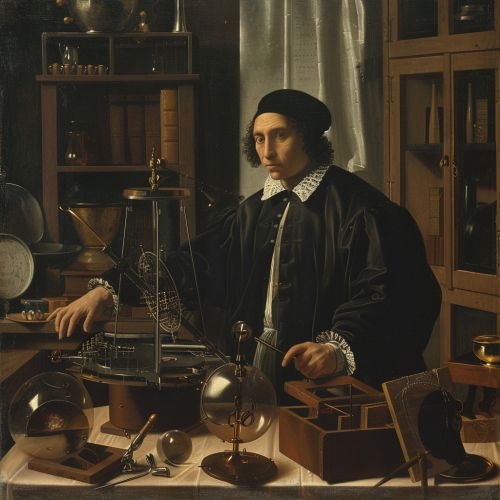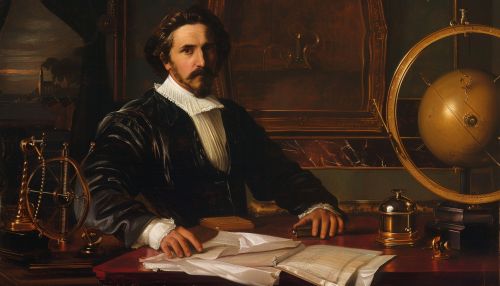Evangelista Torricelli
Early Life and Education
Evangelista Torricelli was born on October 15, 1608, in Rome, in the Papal States, now known as Italy. He was the eldest of three children. His parents, Gaspare Torricelli and Caterina Angetti, were poor. His father was a textile worker, and his mother was a homemaker. Torricelli was sent to live with his uncle, Jacopo, a Camaldolese monk, who provided him with a basic education.
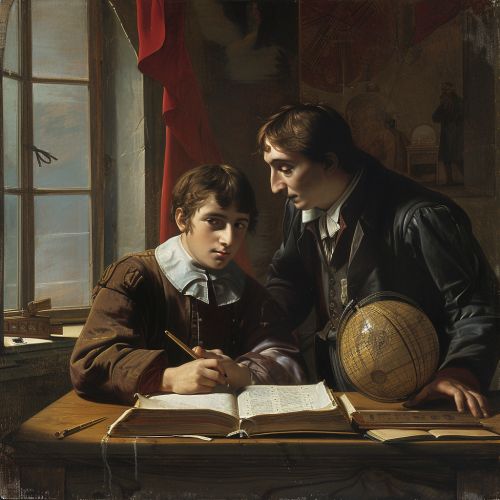
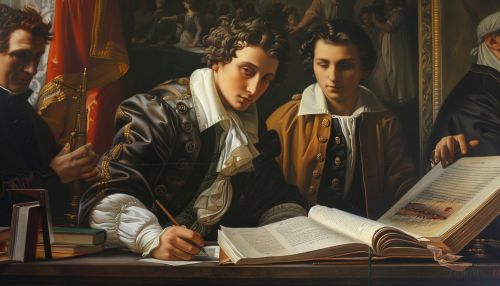
In 1624, Torricelli moved to Rome to study science under the Benedictine monk Benedetto Castelli, studying mathematics and philosophy. Castelli was a student of the famous astronomer Galileo Galilei, and he introduced Torricelli to Galileo's work.
Career and Contributions to Science
In 1641, Torricelli was invited to Florence by the Grand Duke of Tuscany, Ferdinand II, to succeed Galileo, who had recently died, as the court mathematician and philosopher. It was in Florence that Torricelli made his most significant contributions to science.
Torricelli is best known for his invention of the barometer in 1643. He was trying to solve a practical problem about the pumping of water when he discovered that air has weight. He filled a four-foot-long tube with mercury and inverted it into a dish of mercury. The mercury fell to about 30 inches, leaving a Torricellian vacuum above. This was the first time a sustained vacuum had been created in a laboratory. His experiment is known as Torricelli's experiment.
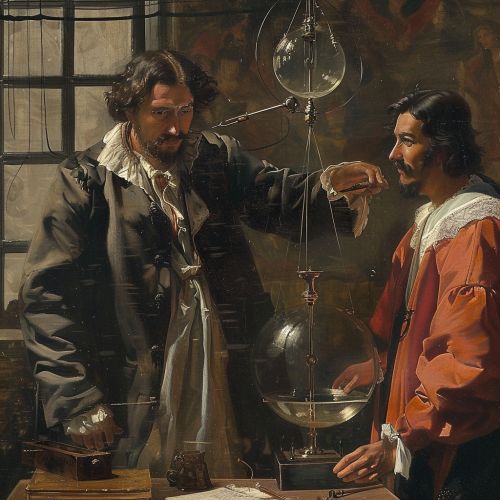
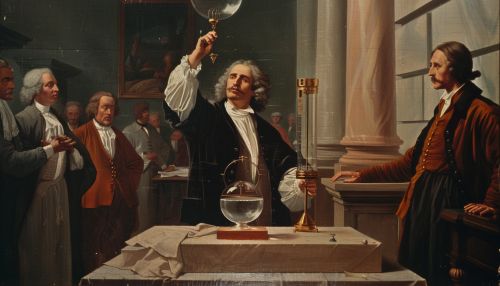
Torricelli's work in geometry and the invention of the barometer led to the development of integral calculus. He also worked on the cycloid and the theory of the motion of fluids, and he is credited with creating the first microscope with a controlled environment.
Later Life and Death
Torricelli's health began to deteriorate in 1647, and he died on October 25, 1647, at the age of 39. He was buried at the Basilica of San Lorenzo in Florence. Despite his short life, Torricelli's contributions to science have had a lasting impact, and his name lives on in the Torricelli unit of pressure.
Legacy
Torricelli's work has had a significant impact on both physics and mathematics. His invention of the barometer and his work on the properties of vacuums paved the way for further scientific discoveries. His work in geometry helped to develop integral calculus. The torr, a unit of pressure used in vacuum measurements, is named after him.
